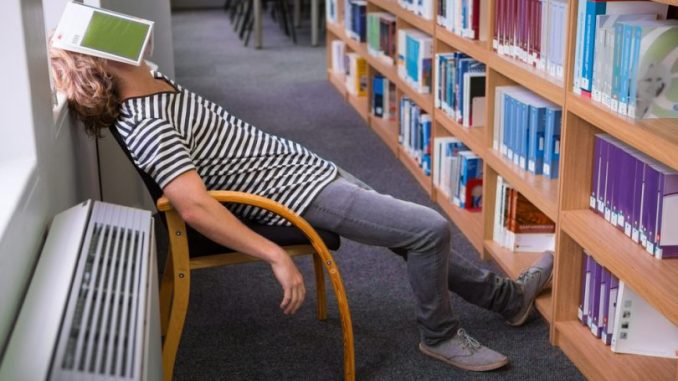
By Jada Simon
Since we began the first semester of 2023, I’ve noticed that class structure has incurred a few changes at Brooklyn College.
All of a sudden, the longest classes have shorter breaks, and many students have no clue why. At BC, the longer classes range from three to six hours. I remember starting college in 2020 and getting at least three breaks that total to about 50 minutes in a three-hour class, but now I’d be lucky to get thirty minutes worth of break time in most classes of comparable length.
According to Mobina Hashimi, a gender studies professor at Brooklyn College, when she has a class that lasts around two hours and 45 minutes, she tries to “budget at least ten minutes. There probably should be more, but at least ten minutes, ideally fifteen minutes for a break.”
Besides breaks, professors seem to be overestimating how much content they have to fill up class time. There are instances where professors will go through all their activities, question what to do next, and just give students something to fill up the time.
JD Duncan, a BC alum and teaching assistant, said that they find it to be a disservice for professors to keep students for longer if they don’t have the content to fill that block of time. “It’s a waste of my time, it’s a waste of yours. If you do not have content to fill the entire time block, that is completely fine, don’t waste my time stretching out a lesson, it is clearly evident that it is just a performance at this point,” they remarked.
This makes me think, could it be possible that the public sees COVID-19 as practically done, and this is a way of getting back to normal?
There are students from various backgrounds and financial classes at Brooklyn College – one thing we’ll always be known for is our diversity, but that also means that we have students that are lower-middle class and some students that are a little more well-off. Some students don’t always get enough food or sleep for a class, having to juggle both their classes and other outside activities, such as jobs and home maintenance.
Hashimi suggests that if students were to take two or three classes rather than five classes and follow the schedule of a full-time student, “then you can focus better and engage better because you have more time” and she thinks “that goes into the structure of financial aid at CUNY. We need better funding for part-time students.”
Why are long classes with short breaks a problem? I’d say it’s because of retention. While schools have been slowly going back to normal, the change in breaks was not something that needed changing to achieve this normalcy. A lot of lives have changed since COVID, so that may mean that the structure of post-secondary education needs to change.
“There has been a lot of conversation lately about how students learn best through doing things, discovering things, and learning things for themselves and the role of teachers is to create an environment and situations where they can do that. Then, that involves a real rethinking of the structure of a course and the duration of a course,” said Hashimi.
I know it may seem like the pandemic is over, but those that lived in the moment of that era will forever be affected, especially students. So many people lost their jobs and loved ones, forcing them to redirect their lives. COVID or not, students need sufficient breaks to breathe and eat in between classes so that their minds are not clouded. Just like professors, students juggle a lot of responsibilities too, and they should be treated based on that consideration. The education system is nowhere near perfect, but it’s ultimately for students – it’s time we accommodate them better.
